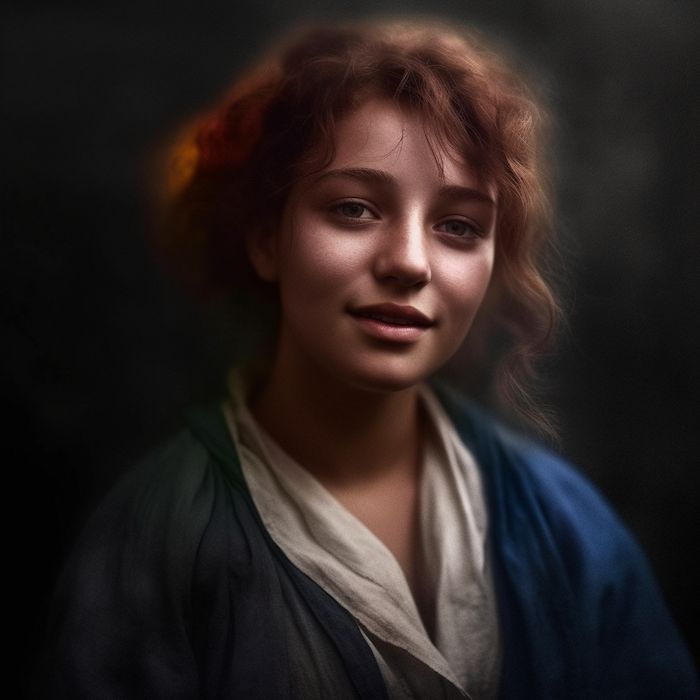¶ Camille Claudel: A Visionary in Bronze and Stone

¶ Introduction
Camille Claudel (1864-1943) emerges as one of art history's most compelling figures, whose extraordinary talent and tragic life story continue to captivate audiences worldwide. A pioneering female sculptor in Belle Époque France, Claudel's genius transcended the rigid gender constraints of her era, though at a devastating personal cost.
¶ The Making of an Artist
Born into a middle-class family in Fère-en-Tardenois, Claudel exhibited an innate talent for sculpture from childhood. Her father's unusual support of her artistic pursuits enabled her to pursue formal training in Paris, where her raw talent quickly drew attention. By 1883, at age 19, she entered the studio of Auguste Rodin, a pivotal moment that would shape both her artistic development and personal destiny.
¶ The Rodin Years
The relationship between Claudel and Rodin evolved from student-teacher to an intense personal and professional collaboration that lasted nearly fifteen years. While their liaison produced some of their most inspired works, it also carried the seeds of future turmoil. The 24-year age difference, Rodin's refusal to leave his long-term partner Rose Beuret, and the complex power dynamics of their relationship would eventually contribute to Claudel's psychological distress.
¶ Artistic Brilliance
Claudel's unique artistic voice emerged through masterworks such as "The Waltz," "The Wave," and "The Age of Maturity." Her sculptures revealed an extraordinary ability to capture emotional intensity and psychological complexity in bronze and marble. She pioneered innovative techniques in both materials and demonstrated a remarkable talent for depicting movement and intimate human moments.
¶ The Descent
As Claudel's reputation grew, so did the complications in her life. The end of her relationship with Rodin, coupled with increasing difficulties in securing commissions and recognition independent of his influence, began to affect her mental stability. The art world's resistance to accepting a woman sculptor of her caliber added to her mounting frustrations.
¶ The Long Silence
In 1913, Claudel's family had her committed to a psychiatric institution, where she would remain for the final 30 years of her life. This controversial decision, particularly supported by her brother Paul Claudel, has sparked ongoing debates about gender, mental health, and artistic freedom in early 20th-century France.
¶ Legacy
Today, Claudel's work enjoys the recognition it long deserved. Her sculptures are celebrated for their technical brilliance, emotional depth, and innovative spirit. The Musée Rodin maintains a significant collection of her works, while the Musée Camille Claudel in Nogent-sur-Seine stands as a testament to her enduring influence.
¶ Contemporary Relevance
Claudel's story resonates particularly strongly in contemporary discussions about gender equality in the arts and mental health awareness. Her experience highlights both the progress made and the continuing challenges faced by women artists.
¶ For Further Exploration:
- Visit the Musée Rodin and Musée Camille Claudel in France
- Read Odile Ayral-Clause's definitive biography "Camille Claudel: A Life"
- Explore Anne Rivière's comprehensive "Camille Claudel: Catalogue raisonné"
- Watch the 1988 biographical film "Camille Claudel" starring Isabelle Adjani
Camille Claudel's legacy transcends her personal tragedy. Her work stands as a testament to artistic genius unrestricted by gender, while her life story continues to inspire discussions about creativity, gender equality, and mental health in the arts. Her sculptures, vibrant with emotion and technical mastery, ensure her place among the greatest artists of any era.